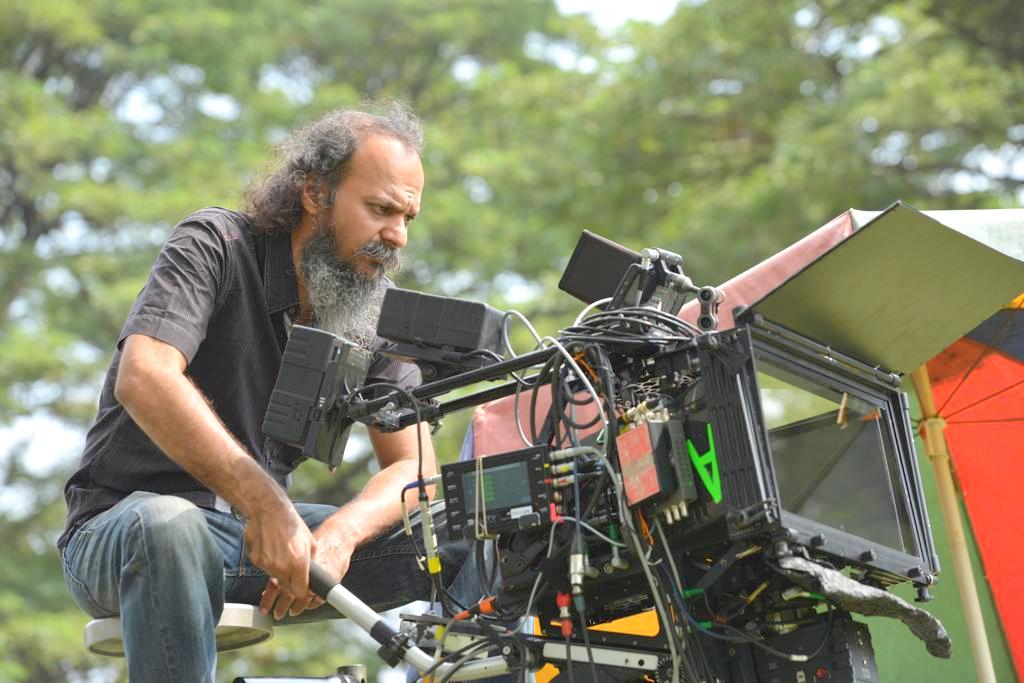
2.0 – Cinematographer Nirav Shah
Nov 27 2018
Man behind the magnum Opus 2.0 – Cinematographer Nirav Shah
Director Shankar’s sci-fi Magnum Opus 2.0, is one of the most anticipated films of the year. This stereoscopic 3D version will be released in all 3 D Theaters across the nation on the 29th November and in some select theatres abroad. Recently most of the screens in Tamil Nadu upgraded to 3D screens to experience the Grandeur and 2.0 stands out special as Award winning Cinematographer Nirav Shah shot this film completely in 3D technology. Even big Hollywood 3D films were shot in regular 2D format and then converted to 3D during post process.
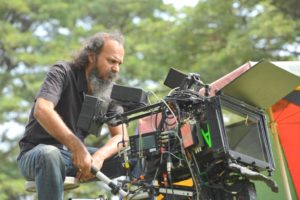
Cinematographer Nirav Shah feels 3D is an experience designed to enhance the illusion of depth. He sees third dimension not as window-dressing but exploring it to the full. The 3D application isn’t just a gimmick of poke-you-in-the-face but a gateway to immersion into a strange new world.
Shooting of 2.0 commenced on 2015 November and the 3 year journey (235 days of shooting) of this mammoth film has not made the cinematographer tired. Instead it has inspired him to shoot more number of films in future with 3D format. But practically the shooting part was not so easy as he has to unlearn most aspects of regular 2D format cinematography and be inventive each day to adopt for the new 3D technology.
Sharing more technical details to SICA, he says that he used TS5 3D rig which weighs approximately 17 kgs without camera and lenses, TS-5 beam splitter that uses computerised interface to lock the ‘interaxial’ distance between two cameras with ultimate adaptability and precision. But setting up two cameras into the beam splitter with accuracy for each and every change in lenses takes nearly half an hour. Therefore, in order to save time two 3D rigs were used; one on tripod and another on Scorpio Crane.
He also adds that this 3D filming doesn’t allow to use regular cranes, Jimmy jib and vehicle mounts. Instead, most of the time for camera movements he has to use Scorpio.
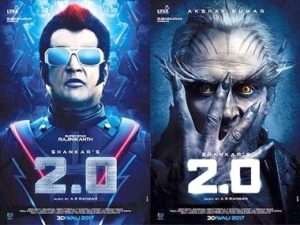
Red Dragon with Ultra prime lenses is the camera package as he shot in 3D format, his lens focal length range also becomes limited 16,24,35,50, 85mm and had to avoid using zoom lenses. He shot almost complete film using 3D rigs, there was also exception for few shots that were shot in 2D format for VFX purpose where he used Zoom lenses.
Most challenging part for him is to bring the desired lighting scheme he had visualized while reading the script of 2.0. He had shot most of the film with T.4 & T 5.6 but he has to light up each and every set up for T8 as there is a loss of few stops of light because of 3D beam splitting mirrors.
This is really a daunting task to light up at T8 with large source lighting (soft lighting) the cinematographer said he used as many as 40 units of 4kv par lights and sometimes he had even faced shortage of lighting units at Chennai. Halfway through the film he brought a new set of LUMA Panel lights that exactly fitted his requirement. However, directing a large source of light with T8 exposure to specific pattern, cutting of the extra spills needed lot of technical expertise to bring the desired result.
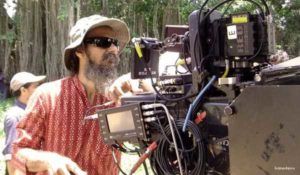
Nirav Shah, the cinematographer being familiar for his pitch black value he brings up in his images, this time for 3D depth he has to light up into the darkness and by the side also to maintain contrast. 2.0 is a feature film which he says has elaborate sequences, each and every scene has its own kind of new challenges. He says, he shot the climax portions alone nearly for a month. Even for few steadicam shots, the steadicam unit has to be altered to have 3D rigs into its place.
Coming to post production, the D.I (digital color timing) process, he says this is his longest period of time spending in the dark hall looking into images for color timing it for more than two months.Workflow consisted of color timing the 2D image completely then bringing it to 3D offset. Here he has to work too close with the technicians to see that to tweek the loss of colors and brightness accordingly. He adds that when he watched 3D films in theatres, he was disappointed with the screen brightness and during close up sequences he used to remove 3D glasses to enjoy the luminance. So he was so particular that 2.0 should not cause any strain to the regular viewer and also to have much brighter 3D experience than ever. For that, he took time and patience to bring the right look which he had been already complemented by viewers on watching 2.0 3D trailers at Cinemas. To enhance the 3D experience he also went into different color contrasts and combinations. He adds that he used combination of warm and cold colors where warm colors tend to bring images closer and cool colors refrain to be deeper in the background. He feels apart from the technology, these kind of aesthetic principles only will put the visuals in the driving seat.

Coming to recently released video song ‘Enthiralokathu Sundariye’,it was a surprise visual treat. Talking about the song, the cinematographer enthusiastically shares that he treated this song which has futuristic look into Accent color theme where each segment has unified color combo’s like one with Green color palette, other with cold blue and also one set with soft shadow less high key lighting contrasting with another by enveloping darkness filled by a warm glow.
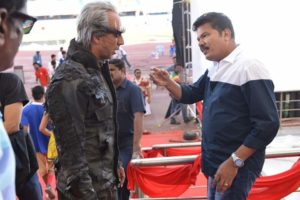
When even huge budgeted Hollywood films were shot in regular 2D and converted to 3D format, why did he choose to shoot in Stereoscopic format ? Answering to this question, Nirav Shah complements the visionary Director Shankar who wanted this film to have a complete 3D experience throughout the running time of the film. He adds, with Illusion of varying depth, color contrast, much brighter images, this 3D experience will be a more enjoyable experience for the viewers.

SICA wishes Nirav Shah to win more accolades for 2.0.
CJ Rajkumar
Author/Cinematographer .
